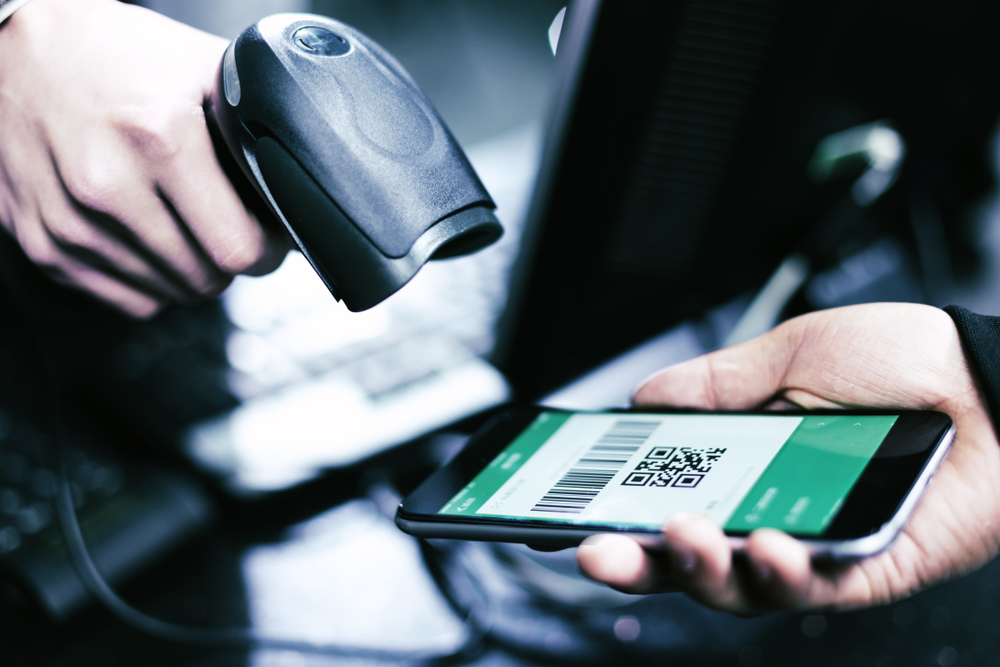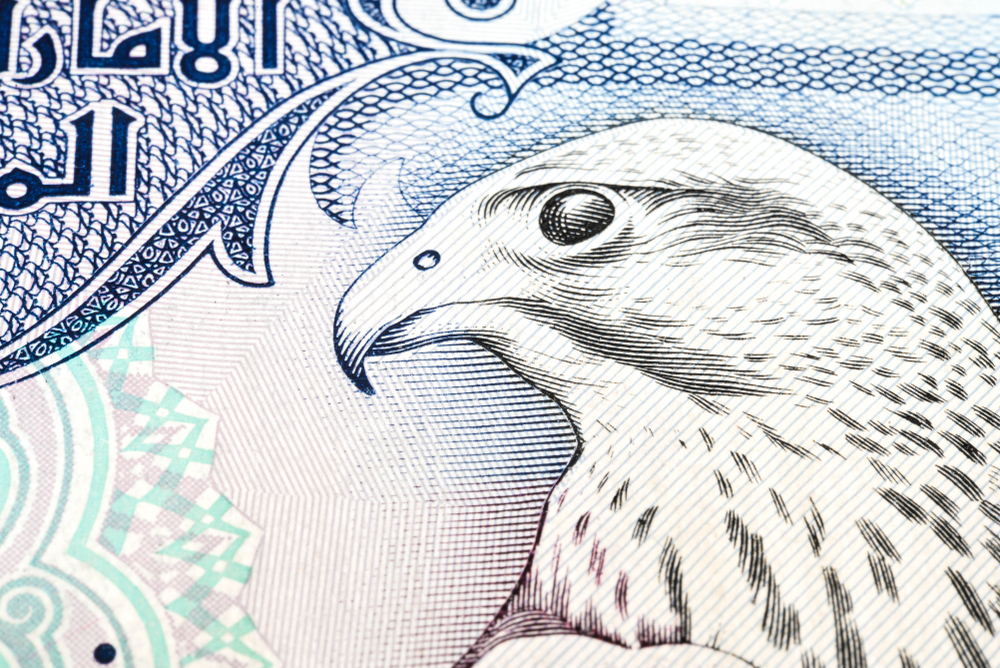By: Moslem Ali
Cairo – Mubasher: “Stay Home” is a global call that spread across the world over the past months, signalling not only a new public policy and a health precaution against an infectious disease but a turning point in how markets around the world operate.
It suddenly seemed as though going anywhere could possess a danger to many lives. Consequently, people started to put safety first and look for alternatives to physical presence as much as possible. Working from home became a new norm, and going to the bank started to seem unnecessary in an age where you could have the bank in the mobile device that fits in your pocket.
Efforts for increasing the use of digital and electronic payment (e-payment) solutions across the region have been accelerating for years, but with the coronavirus pandemic, the region witnessed an unprecedented surge in the use of e-payments.
Egypt
In Egypt, the government required digital payments for public services across the country last year, after the parliament passed the e-payments act in March 2019, in a bid to speed up digital transformation and expand financial inclusion.
In addition, a new local payment card was introduced, branded Meeza, which was offered free of charge by the country’s leading banks to first-time subscribers. It allowed even those who do not have a bank account to have access to a new digital wallet and payment service.

The local Meeza card is set to replace five million government payroll cards, according to the Ministry of Finance.
However, COVID-19 has changed not only the local but the global mindsets and direction in terms of dealing with e-payments from both the end-user and the investor perspectives. Everything is now being done remotely, from bank operations to documentation and even governmental services. New online platforms are now being established to offer such public services based on the infrastructure of digital payments, Abd El Rahman Badr, the Head of Marketing Support and Strategy at Masary Egypt, revealed to Mubasher.
From a business perspective, Badr explained that online payments are steadily rising due to the restrictions and health precautions. Many retail stores and outlets, who previously showed weak demand for e-payment solutions, are now rapidly moving towards e-commerce and digital payments for their in-store and online sales alike, otherwise, they risk losing their market share.
The Head of Marketing Support and Strategy at Masary Egypt estimates that cashless payments increased by 15% or 20% during the past months, which is a staggering growth rate, he stressed.
Cashless transactions are growing with higher demand for payment facilitators, and further growth is expected thanks to a new initiative by the Central Bank of Egypt (CBE) that is set to distribute around 100,000 new points of sale (PoS) in Egypt by December 2020.
It is worth noting that since the first PoS was introduced to the Egyptian market in May 2010, the total number of PoS terminals and devices reached around 90,000-100,000 before the COVID-19 crisis.
This means that the initiative will at least double the availability of PoS across Egyptian governorates.
Another CBE initiative will boost the use of QR payments in Egypt, Badr told Mubasher, noting that all the relevant technical details have been completed and ready to be launched soon.
Besides the conventional physical QR code, there is the option of a digital QR code, which is more secure as it constantly updates and changes with every transaction, Badr explained, adding that the digital QR code is their main focus in this area.
But new technologies are not limited to consumers, with many FMCGs now using online and digital payments in transactions with merchants and retailers using PoS.
Back in December, then Managing Director of Fawry told Mubasher that the e-payments network is offering various solutions seeking a balance between digital and cash, a model that seems to be working for digital payment service providers in Egypt.
Saudi Arabia
Last year, the rate of e-payments in Saudi retail banking operations reached more than 36% of all payments by the end of July, exceeding the annual target set by the Saudi Arabian Monetary Authority (SAMA).
More recently, a survey by Mastercard showed that 78% of participants in Saudi Arabia are now preferring contactless payment, which is being used by more than 65% of all consumers.
Between February and March, Saudi Arabia saw contactless payments triple compared with conventional cash payments.
Additionally, two in every three people in Saudi Arabia said that the pandemic has limited their use of cash, according to Mastercard.
In addition, online payments through the Saudi Mada platform increased to 20.8 million transactions during the first quarter (Q1) of 2020, rising by 406% on an annual basis, with the total number of transactions through Mada’s point of sale (PoS) devices reaching 543 million in the same period.
As for near-field communication (NFC) payments, it accounted for 79% of the total payments, according to data by Mada, rising by 263% year-on-year (YoY).

Additionally, a recently launched initiative by SAMA aims to introduce a QR-based national payment system, while postal service providers, as well as restaurants and retailers, in the kingdom, are now required to provide e-payment solutions.
UAE
A new study under Visa’s initiative “Where You Shop Matters” showed that during the pandemic, 68% of UAE consumers say that COVID-19 has led to their first online grocery purchase, while 70% have made their first online purchase from pharmacies.
“Adoption of fintech solutions and digital payments have been on the rise for some time, due to the hassle-free convenience, enhanced financial inclusion, and innovation”, Mirna Sleiman, Founder and CEO, Fintech Galaxy, told Mubasher.
A survey by Dubai Economy, Dubai Police, and Visa recently showed increased trust in sharing data with digital banking platforms, as well as the use of biometrics and mobile wallets.
Nearly half of the survey respondents will continue to pay online instead of using the cash on delivery option, while 43% said they will continue to use contactless payments when making in-store purchases.
The top reasons that encourage more users to prefer digital payments are security, speed, convenience, and limited human contact, according to the survey.
“I think it is fair to say that the current pandemic has forced a faster shift to these services. Many businesses have had to transition to remote ways of working, with some completely altering their operations to an e-commerce model versus physical brick and mortar spaces, due to safety concerns,” the founder and CEO of Fintech Galaxy further noted.
Fintech and financial companies that offer digital services have been well-positioned to cater to both customers and businesses, according to Mirna. The region’s financial institutions that invested heavily in digitization are noticing an increase in digital payments, she added, pointing to Fintech Galaxy’s recently launched cloud-based platform, Finx22, which provides a comprehensive list of fintech companies from across the globe.

In the UAE, the use of contactless payments is expected to grow by 32% post-COVID-19, according to Visa.
Moreover, the Emirati Ministry of Finance recently announced the completion of phase one of the transformation of the e-Dirham system, expanding the use of financial technology (FinTech) and digital payments for government services fees.
Promising Outlook
“The crisis has definitely transformed customer behaviour by forcing individuals and businesses to change their habits as well as their operations respectively. During the height of the pandemic and lockdowns, people were reluctant to visit physical offices or branches; instead favouring e-commerce or digital payments as a means to meet their needs,” Mirna explained.
“I strongly believe that new adopters will continue to use digital channels to buy products and services, because of the increased ease, and therefore, fintech and digital banking will continue to play a big part,” she emphasized.
The CEO further noted that the focus of financial institutions and companies has to be on digital transformation to enhance the customer experience and easily adjust to digital services.
“Increased innovation and collaboration in trends like big data, artificial intelligence (AI), reg-tech, fintech, governments and financial institutions will be key to achieving this transformation,” she explained.
Recent Data by Mastercard showed a 70% increase in the use of contactless payments in the Middle East and Africa (MEA) region.
According to Badr, digital payments will continue to play a huge role in achieving financial inclusion, especially with more banks adding e-payments services to their digital wallets, noting that the existing infrastructure that has been growing for more than a decade and the support for recent financial inclusion initiatives helped provide the market with the needed alternatives.
The region remains in dire need for financial inclusion, as only 44% of adults over the age of 15 years in the Middle East and North Africa (MENA) region have a bank account according to 2018 data from the World Bank.
The region is expected to see a surge in the use of FinTech applications, especially with big growth in the Gulf Cooperation Council (GCC) countries.
The FinTech market in MENA is set to reach $2.5 billion by 2022.



